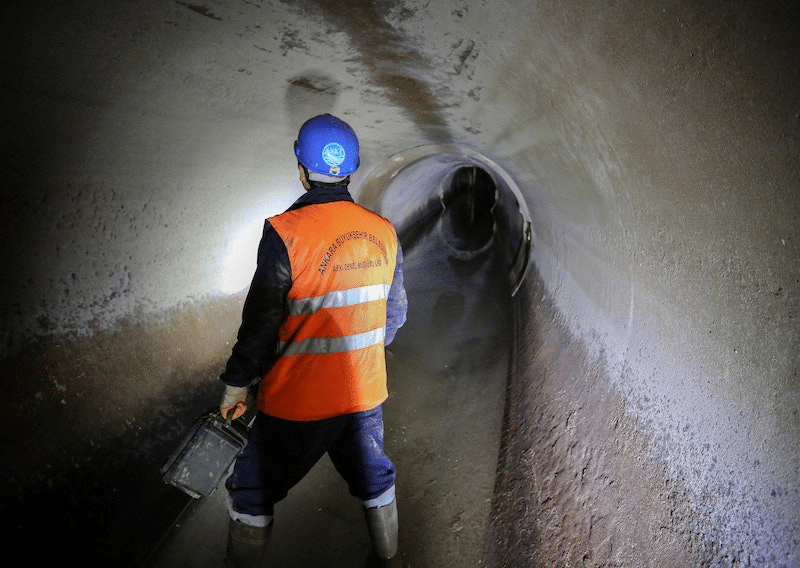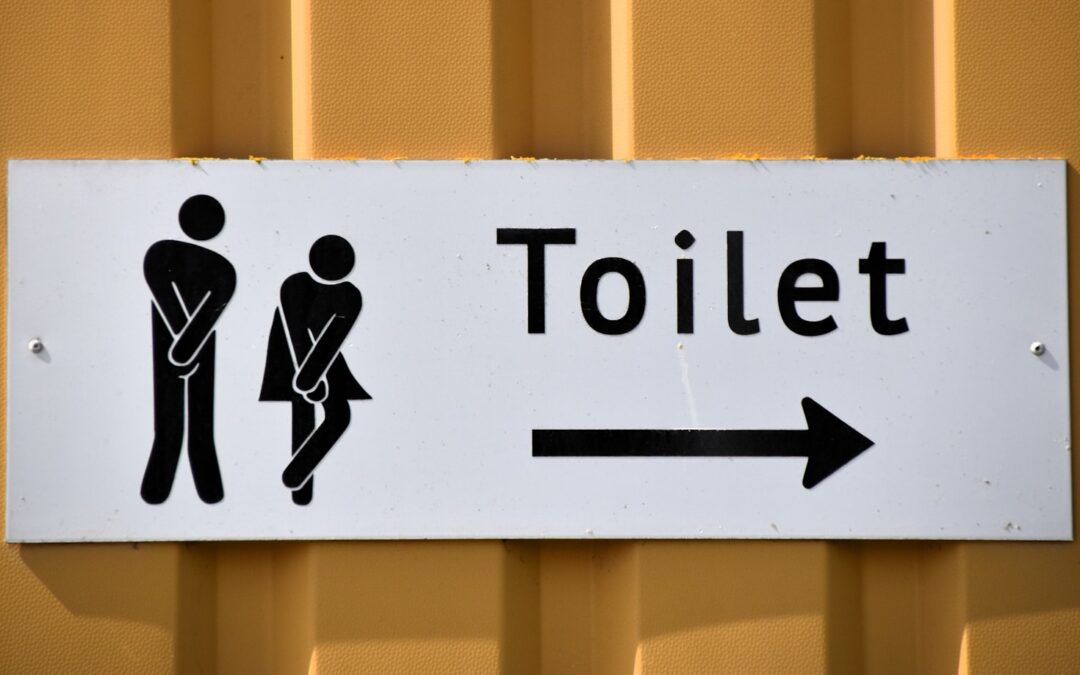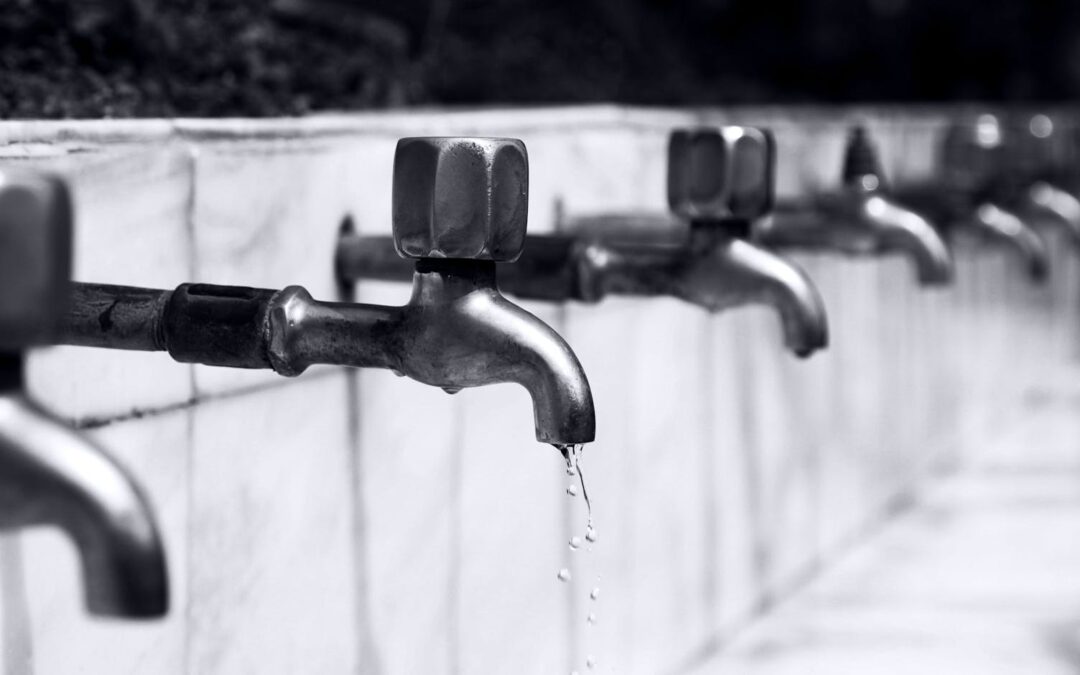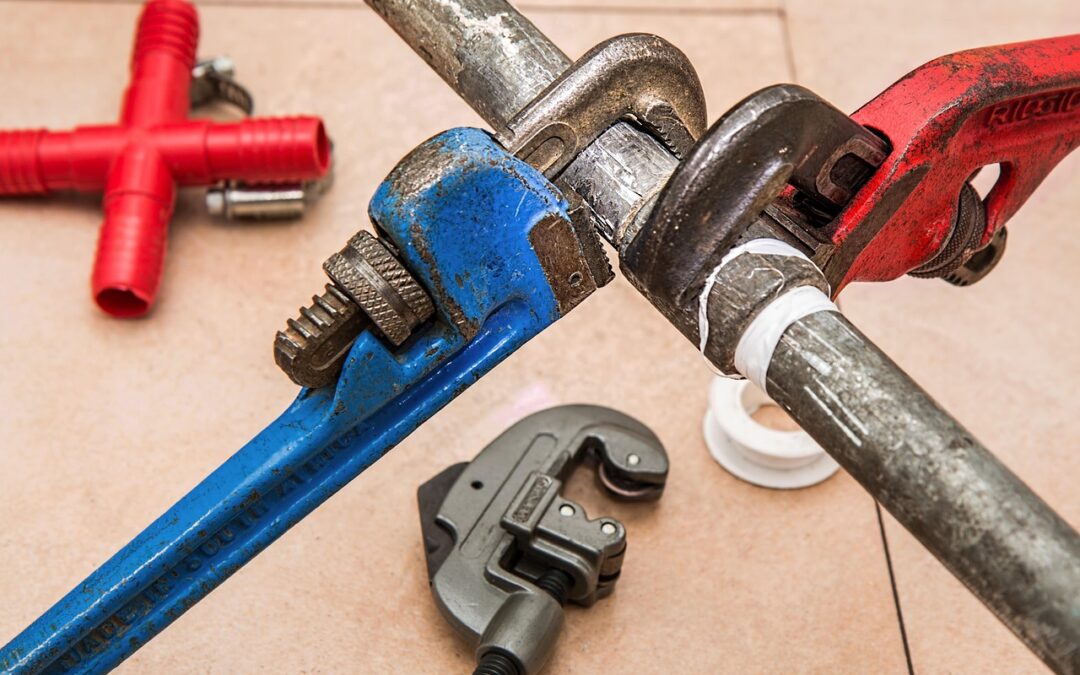Think you have a plumbing issue? Well, chances are, you’re not even sure where to start. This is especially true if the problem seems hidden or out of sight.
That’s where a plumbing camera inspection can help. A plumbing camera inspection allows a licensed plumber to see inside your plumbing system and identify any potential problems.
In this guide, we will explain what a plumbing camera inspection is, when it’s necessary, and how it can help resolve your plumbing issues. Let’s get started!
Schedule Service Online
Get a free estimate so you know what you're signing up for
"*" indicates required fields
For Emergency Services Call: 410-255-9300
How Does A Pipe Inspection Camera Work?
A plumbing camera is a non-invasive way to inspect pipes and diagnose many common plumbing issues. So how does in work exactly?
A small camera attached to a long, flexible metal cable is inserted into your pipes through a cleanout access point.The plumber then lowers the cable down the access point and controls it remotely with small motors within the cable. The camera connects it to a portable, closed-circuit display which allows the plumber see what’s happening. The camera is also equipped with powerful LED lights that illuminate the insides, so you can see every detail in real-time. As the camera travels to and from the street, your plumber will detect cracks, clogs, and even tiny debris as it passes.
Common Problems A Plumbing Camera Inspection Can Detect
Here are a few common plumbing problems that can be found with a plumbing camera inspection:
Clogs and blockages: Over time, your pipes can become clogged with debris like hair, soap scum, and grease. A plumbing camera inspection can help identify the location of these blockages so they can be removed quickly and efficiently.
Leaking pipes: Plumbing leaks can be difficult to find, but a plumbing camera inspection can help locate the source of the leak quickly and easily. This will save you time and money in the long run by avoiding costly water damage.
Tree root invasions: Tree roots are one of the most common causes of pipe damage. If tree roots have infiltrated your sewer line, a plumbing camera inspection can help determine the extent of the problem and develop a plan to remove them safely.
Collapsed Pipes: A plumbing camera inspection can help identify collapsed or damaged pipes that need to be repaired or replaced.
Why It’s So Effective
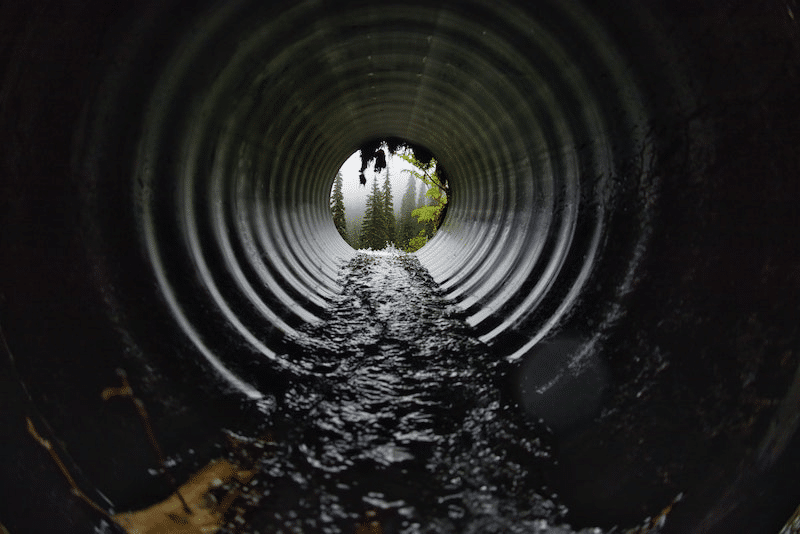
If you don’t have a camera inspection, the only way to figure out what’s wrong with your sewer pipes is to dig into them directly. This procedure is time-consuming, expensive, and dangerous. It also necessitates a lot of trial and error. This is because we do not know exactly where the issue is, and we must keep digging until we discover it.
With the assistance of sewer cameras, we can pinpoint the exact location of the issue. Once we know this, we can address it in a timely manner without causing any damage to your property.
Another advantage is that a camera inspection can identify every issue your sewer pipes have, not simply the most critical ones. Also, camera inspections frequently reveal the source of recurring issues.
Finally, camera inspections provide you with a better understanding of your sewage pipes’ functionality and health.
When To Use A Sewer Camera Inspection
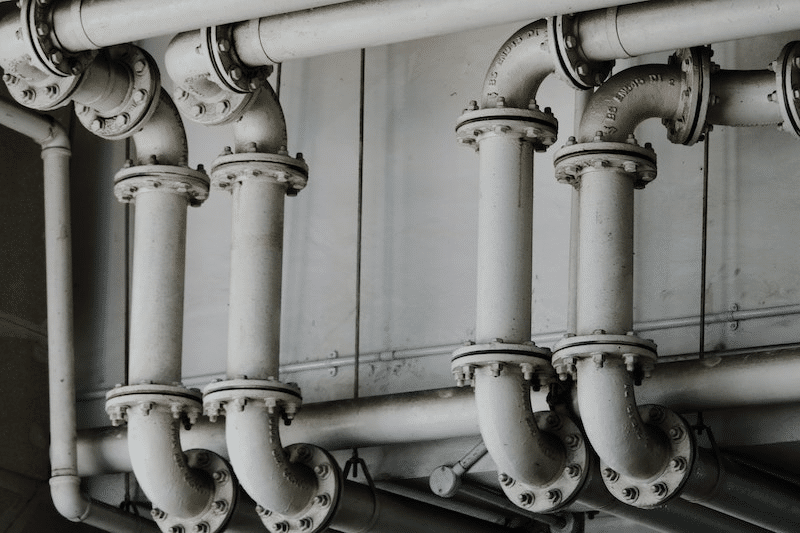
Camera inspections are a quick and simple technique to assess the health of your plumbing systems and discover issues before they become costly repairs. That being said, sewer camera inspections can be particularly beneficial in two situations:
Sewage Backup Issues
If you’ve ever had a sewage backup, you know it’s a big problem. If the issue isn’t resolved quickly and efficiently, it could cause extensive damage to your home—and pose a serious health risk to your family. A sewer inspection can help identify the source of the blockage so that it can be removed quickly and effectively.
Older Homes
Sewer systems in older homes are likely to be problematic. If your house was constructed before a city sewer line was built, its sewage pipes might still be connected to a cesspool. Even if your piping has been rerouted to the city sewer line, cesspools are a significant danger of sinking and collapsing.
If your home was constructed in the late 1940s-early 1950s, a sewer camera inspection may be useful. Sewer lines were generally created of tar paper and pressed wood during this era. Also known as “Orangeburg pipes,” these pipes were built as a low-cost alternative to metal pipes. Despite their supposed durability (under ideal circumstances), Orangeburg pipes have been known to fail in as little as ten years. Today, very few building codes accept Orangeburg pipe as a construction material.
Schedule Your Plumbing Camera Inspection Today
We are sewer and septic professionals located in the Maryland area. Our job is to get down to the root of your problem before we start digging! We use state-of-the-art inspection systems that will make sure we hit the issues the first time.
Reach out to us today to schedule your inspection. We’ll have one of our qualified professionals come out to take a look at your system and give you a comprehensive report. Don’t wait until it’s too late—a small problem now could turn into a big one down the road!

